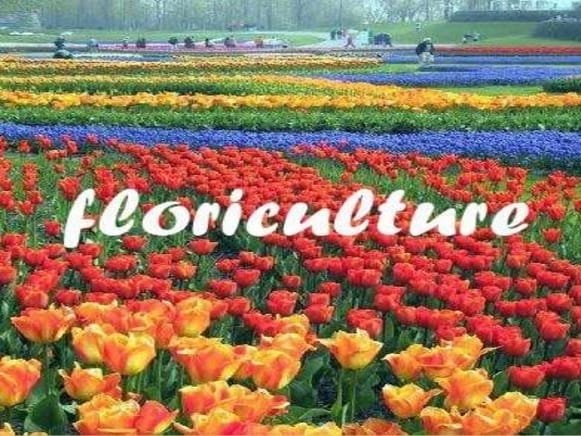- This topic is empty.
- AuthorPosts
- Febuari 6, 2025 at 11:33 mu #554680

Floriculture is a diverse sector within agriculture, focusing on the cultivation and trade of flowers, ornamental plants, and foliage.
This industry has grown significantly in recent years due to the increasing demand for flowers for various purposes such as landscaping, floral arrangements, and gift-giving. In floriculture, certain crops are more widely grown due to their popularity, commercial value, and ability to thrive in different environments.
This article will explore the top five floriculture crops that dominate the global flower market, highlighting their characteristics and importance in the industry.
1. Roses
Roses are among the most iconic and popular flowers in the world, making them a top crop in floriculture. Known for their elegant appearance and delightful fragrance, roses are cultivated in a variety of colors, sizes, and shapes.
They are commonly used in bouquets, floral arrangements, and as ornamental plants in gardens. Roses are grown year-round, especially in controlled environments like greenhouses, where temperature and humidity levels can be managed.
Their high demand during special occasions like Valentine’s Day and weddings ensures that they remain a staple in the global floral trade. Additionally, roses are relatively easy to propagate and cultivate, making them a favored crop among floriculturists.
2. Tulips
Tulips are another highly sought-after floriculture crop, celebrated for their vibrant colors and simple yet striking appearance. These spring-blooming flowers are grown in many countries, particularly in regions with cool climates.
Tulips are typically planted in the fall, allowing them to bloom in early spring. They are popular for use in both fresh floral arrangements and in gardens.
Tulips come in a wide range of colors, from bright reds and yellows to soft pastels. The demand for tulips is especially high during the spring season, when they are prominently featured in floral festivals and events, such as the famous Keukenhof Gardens in the Netherlands.
3. Orchids
Orchids are one of the most diverse and exotic groups of flowering plants in the world. Known for their intricate, colorful, and long-lasting flowers, orchids are a highly valued floriculture crop.
These flowers are cultivated primarily for ornamental purposes, both in floral arrangements and as houseplants. Orchids require specific growing conditions, such as a humid environment and consistent temperatures, which often makes them best suited for greenhouse cultivation.
Popular varieties like the Phalaenopsis and Cattleya are particularly prized for their beauty and elegance. The global demand for orchids has surged in recent years, especially in the cut flower market and as decorative plants in homes and offices.
4. Lilies
Lilies are another major crop in floriculture due to their large, vibrant blooms and pleasant fragrance. They are widely cultivated in both temperate and tropical regions and are a staple in floral arrangements and bouquets.
Lilies come in a variety of colors, including white, pink, yellow, and orange, with some varieties even featuring multi-colored petals. These flowers are easy to grow and can be cultivated both in the ground and in containers.
Lilies are often used during special occasions like Easter, weddings, and funerals, which drives their high demand in the floral market. Their large, showy blooms and sweet fragrance make them a favorite among florists and consumers alike.
5. Gerbera Daisies
Gerbera daisies are one of the most popular flowers worldwide, known for their bright and cheerful appearance.
These flowers come in a range of vibrant colors, including red, pink, yellow, orange, and white, making them a favorite for floral arrangements and decorative purposes. Gerbera daisies are often used in both fresh bouquets and as ornamental plants in gardens and landscapes. These flowers are relatively easy to grow, and they thrive in sunny conditions.
They are popular for their ability to bloom continuously throughout the growing season. Due to their attractive appearance and versatile use, gerbera daisies hold a strong position in the global flower market.
In conclusion, the floriculture industry is driven by several key crops that are cultivated for their beauty, commercial value, and demand in the floral market. Roses, tulips, orchids, lilies, and gerbera daisies are among the top five floriculture crops, each offering unique characteristics that appeal to both consumers and floriculturists.
These flowers are not only integral to the global flower trade but also contribute to the economy and culture of countries involved in floriculture. Whether for gifting, decoration, or ceremonial purposes, these crops continue to dominate the floral industry, providing a vibrant and ever-growing market for flowers worldwide.
Read Also: In Which Century Were Guavas Introduced To Florida?
- AuthorPosts
- You must be logged in to reply to this topic.

